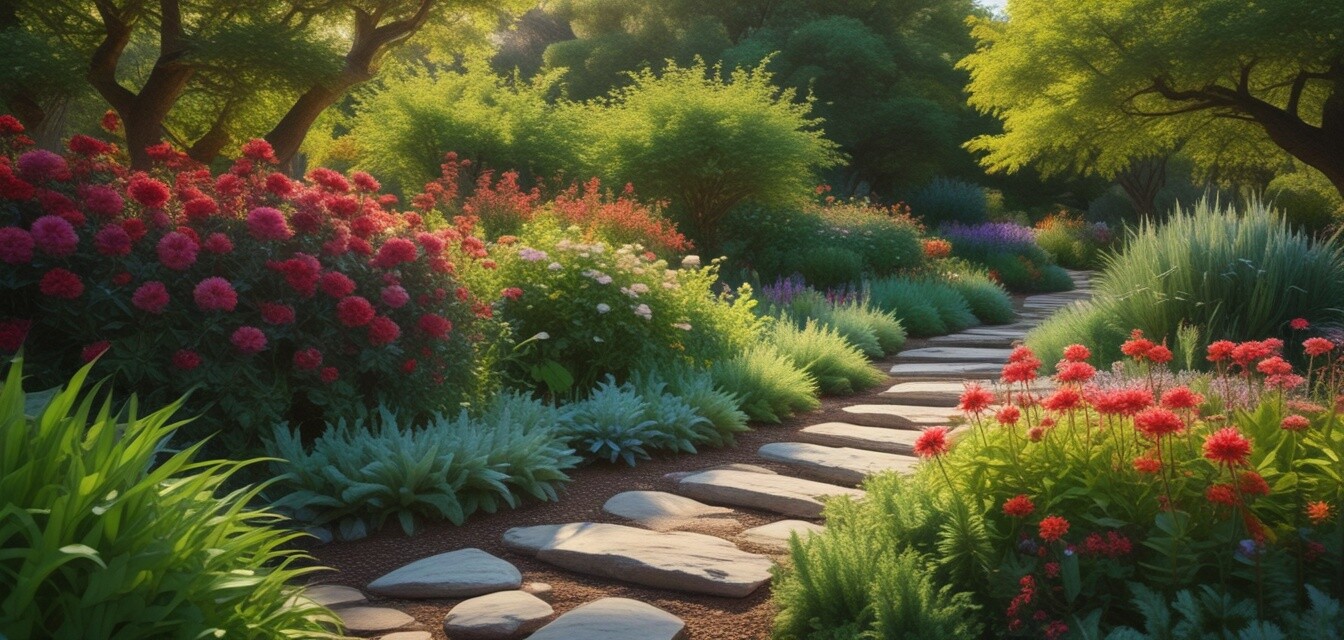
The importance of native plants in landscaping
Key Takeaways
- Native plants provide essential habitats for local wildlife.
- They require less maintenance and water compared to non-natives.
- Using native species promotes biodiversity in your local ecosystem.
- Native plants are often better adapted to local soil and climate conditions.
As homeowners and landscape enthusiasts increasingly aim to create sustainable outdoor spaces, the importance of using native plants in landscaping cannot be overstated. Not only do these plants enhance the beauty of a landscape, but they also play a vital role in supporting local wildlife and stabilizing ecosystems. In this article, we'll explore the numerous benefits of incorporating native plants into your landscaping projects.
What are native plants?
Native plants are species that have naturally evolved in a specific region over thousands of years. They are well-adapted to the local climate, soil conditions, and wildlife, making them an ideal choice for landscaping. These plants typically require less water, fewer fertilizers, and minimal maintenance, thus promoting sustainable gardening practices.
The benefits of using native plants
When you choose to incorporate native plants into your landscape, you are not just beautifying your property; you are also contributing to the health of your local ecosystem. Here are some key benefits:
- Biodiversity support: Native plants serve as food and habitat for local wildlife, including birds, butterflies, and beneficial insects. They create a balanced ecosystem that supports various species.
- Lower maintenance: Native plants require less watering, fertilization, and pest control than non-native species. This not only saves you time and money but minimizes the environmental impact of landscaping.
- Soil health: The deep root systems of native plants help improve soil quality by preventing erosion, retaining moisture, and enhancing nutrient cycling.
- Climate adaptation: Native plants are designed to thrive in their local environment, making them more resilient to pests, diseases, and extreme weather conditions.
How native plants enhance your landscape
Using native plants allows you to create a beautiful, vibrant landscape that mirrors the natural beauty of your region. Here are some design ideas and examples of how native plants can enhance your outdoor space:
| Landscape design idea | Suggested native plants |
|---|---|
| Wildflower gardens | Black-eyed Susan, Purple coneflower, Butterfly weed |
| Woodland gardens | Trillium, Wild ginger, Cardinal flower |
| Rain gardens | Joe Pye weed, Blue flag iris, Swamp milkweed |
| Pollinator gardens | Bee balm, Aster, Goldenrod |
Common misconceptions about native plants
Despite their many benefits, some misconceptions have made homeowners hesitant to use native plants in their landscaping. Let's debunk some of these myths:
- Myth: Native plants are unattractive and unrefined.
- Truth: Many native species boast beautiful blooms and stunning foliage that can complement any landscape design.
- Myth: Native plants lack diversity.
- Truth: There are a variety of native plants available for different climate zones, sizes, colors, and growth habits.
How to get started with native plants
Ready to incorporate native plants into your landscape? Here are some steps to help you get started:
- Research your local native plants: Identify which species thrive in your area and suit your garden conditions.
- Plan your garden layout: Design a garden that incorporates native plants, taking into account their space requirements, sunlight, and moisture needs.
- Purchase your plants from local nurseries: Choose reputable sources that specialize in native plants to ensure you’re getting healthy and regionally-adapted specimens.
- Install your plants: Follow proper planting techniques and provide initial watering until the plants become established.
- Maintain your garden: Regularly monitor and care for your native garden to ensure it continues thriving.
Tips for a successful native plant garden
- Group plants with similar water and sunlight needs together.
- Create layers of plants by combining different heights and textures.
- Avoid chemical pesticides or fertilizers as much as possible.
- Consider incorporating hardscapes, such as rocks and mulch, to enhance drainage.
Conclusion
Utilizing native plants in your landscaping design not only benefits your local ecosystem but also creates a beautiful and sustainable outdoor space. By promoting biodiversity, reducing maintenance needs, and supporting local wildlife, native plants are essential for any home gardener looking to make a positive environmental impact. For more information on native plants and landscaping resources, visit our articles on news and trends in gardening, or explore our greenhouse and plant protection solutions.
Pros
- Supports local wildlife.
- Requires less maintenance.
- Improves soil health.
- Adaptable to local weather conditions.
Cons
- Limited selection depending on region.
- May take longer to establish initially.